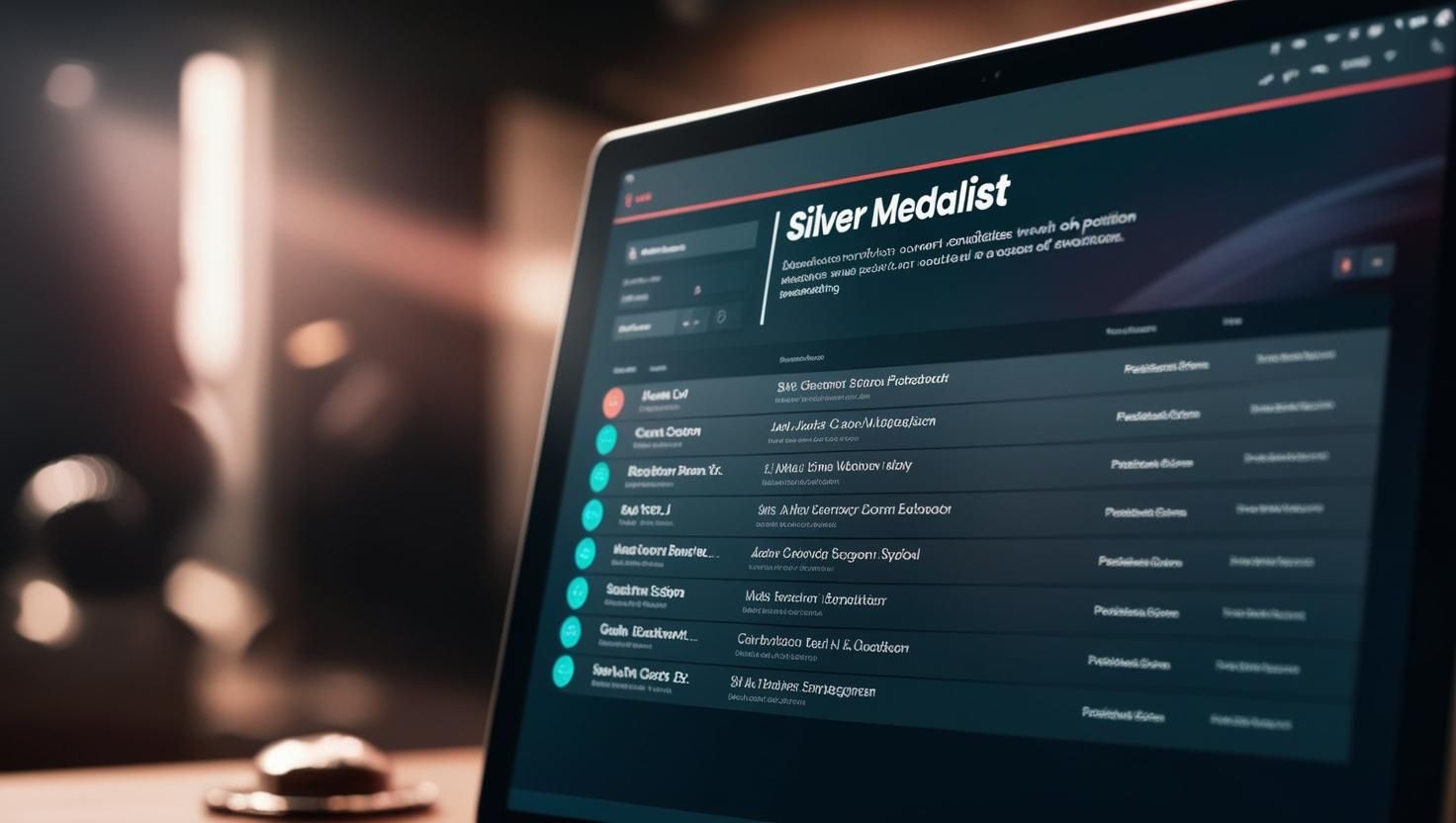Turning Rejections into Opportunities: A Guide to Future Placements

Rejection. It's a word that stings, whether you're on a first date or applying for your dream job. But in the world of recruitment, a rejection doesn't have to be the end of the road. In fact, with the right approach, today's rejected candidates can become tomorrow's star employees. Let's explore how to transform these "near misses" into future successes, all while keeping things light and breezy.
1. Mastering the Gentle Letdown
Picture this: You've just finished a marathon of interviews, and now comes the dreaded task of informing candidates of your decision. It's tempting to send a generic "thanks, but no thanks" email, but hold that thought. A survey by WebRecruit revealed that 75% of job seekers would share a negative experience with others if they felt mistreated during the recruitment process.
So, instead of a cold shoulder, offer a warm handshake (metaphorically speaking). Personalize your rejection emails, express gratitude for their time, and leave the door open for future opportunities.
Example: Consider the case of Company X, which revamped its rejection process by sending personalized emails to candidates, thanking them for their time and encouraging them to apply for future roles. This small change led to a 20% increase in reapplications within a year.
2. The Constructive Feedback Loop

Remember that time you tried a new recipe, and it turned out to be a culinary disaster? Feedback would have been a game-changer, right? The same goes for job candidates. Providing constructive feedback not only helps them improve but also leaves a positive impression of your company. According to The HR Team, offering developmental feedback can encourage candidates to develop into suitable hires for future positions.
Example: A tech startup implemented a feedback system where candidates received detailed insights into their interview performance. This initiative not only boosted the company's reputation but also led to several candidates reapplying and eventually being hired.
3. Building a Talent Community
Just because a candidate isn't the right fit now doesn't mean they won't be in the future. Creating a talent community allows you to keep in touch with past applicants, keeping them engaged and informed about upcoming opportunities. RecruitingDaily suggests inviting rejected candidates to join your company's talent community or subscribe to newsletters, providing them with exclusive content and early access to job postings.
Example: A mid-sized marketing firm started a monthly newsletter featuring company news, job openings, and industry insights. This initiative kept past candidates engaged, leading to a 15% increase in reapplications over two years.
4. The Power of Social Connections
In today's digital age, staying connected is easier than ever. Encourage candidates to follow your company's social media channels or connect on professional networks like LinkedIn. This keeps them in the loop and fosters a sense of belonging. As SPIE suggests, connecting with past candidates on LinkedIn allows you to track their progress and approach them for future roles.
Example: An engineering firm regularly shared employee success stories and company achievements on LinkedIn. Past candidates, impressed by the company's culture, were more inclined to reapply when new positions opened up.
5. Transparency: The Trust Builder
No one likes being left in the dark, especially when it comes to job applications. Being transparent about your hiring process and timelines builds trust and leaves candidates with a positive impression. The HR Team emphasizes the importance of timely communication, noting that most job seekers expect an acknowledgment of their application within three days.
Example: A financial services company implemented a transparent communication strategy, updating candidates at each stage of the hiring process. This approach led to higher candidate satisfaction and a stronger employer brand.
6. Creating an 'Almost There' List

We've all encountered candidates who were great but just missed the mark. Instead of discarding their applications, create an 'Almost There' list. As Recruiter.com suggests, maintaining a list of near-miss candidates allows you to call on them should a similar role arise.
Example: A retail company kept a database of 'near-miss' candidates and reached out to them when new positions became available. This practice reduced time-to-hire by 30% and ensured a pool of pre-vetted talent.
7. Encouraging Referrals from Rejected Candidates
It might sound counterintuitive, but rejected candidates can become your best brand ambassadors. RecruitingDaily highlights that thoughtful rejections can nurture a talent pipeline and enhance your brand's reputation.
Example: After receiving constructive feedback and a positive rejection experience, a candidate referred a friend who turned out to be a perfect fit for the company. This referral system led to a 10% increase in quality hires.
8. Continuous Engagement Through Content
Keep past candidates engaged by sharing relevant content, such as industry news, company updates, or professional development resources. This continuous engagement keeps your company top-of-mind for future opportunities.
Example: A software company started a blog featuring articles on industry trends and career advice. Past candidates appreciated the valuable content, leading to increased interest in future job openings.
9. Implementing Candidate Feedback Surveys
Want to know how candidates feel about your hiring process? Just ask! Surveys can provide valuable insights into areas for improvement, ensuring a better experience for future applicants.
Example: After implementing candidate feedback surveys, a manufacturing company identified areas of improvement in their interview process, leading to a more streamlined and positive candidate experience.
10. Celebrating Silver Medalists

Not every candidate can take home the gold, but silver medalists shouldn't be forgotten. Recognize and appreciate their efforts, and keep them in mind for future opportunities.
Example: A healthcare organization sent personalized thank-you notes to second-choice candidates, expressing interest in staying connected. This gesture led to a talent pool ready for future openings.
Conclusion:
Rejection in the hiring process doesn't have to be a dead-end; instead, it can be a detour leading to future opportunities. By approaching candidate rejections with empathy, transparency, and strategic engagement, you not only uphold your company's reputation but also cultivate a reservoir of potential future talent. Remember, today's "no" can pave the way for tomorrow's "yes," transforming initial disappointments into long-term professional relationships.
Sources:
https://recruitingdaily.com/
https://www.recruiter.com/
https://www.thehrteam.com/